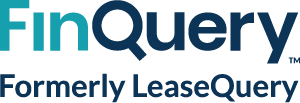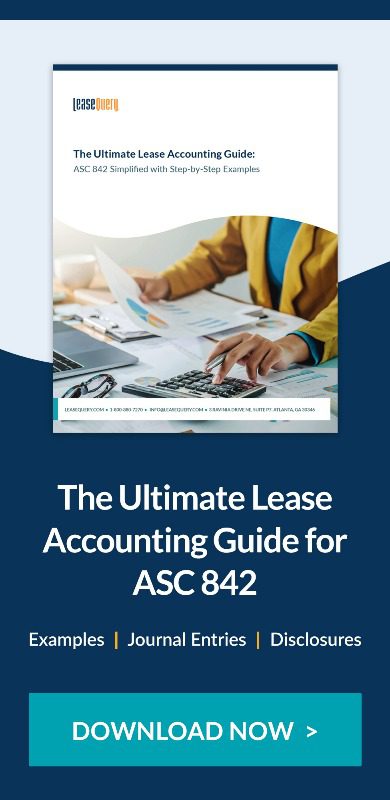As accountants, we’re the guardians of financial accuracy. Lease accounting, especially with the complexities of ASC 842, IFRS 16, and FRS 102 demands precision. But what happens when we rely on subpar solutions like spreadsheets or outdated software? We expose our companies to hidden costs that go far beyond the obvious. It’s like playing financial roulette – the odds are stacked against you.
The audit expense
A primary concern for any organization is adhering to the stringent regulations governing lease accounting. The biggest risk? Non-compliance. The standards are intricate. Missing a modification, miscalculating the discount rate, or failing to properly classify a lease can lead to material misstatements. The result? Complex audits or audit comments, penalties, a serious hit to your company’s reputation, and a significant impact on the bottom line. Complex audits take longer, are more expensive, and the costs associated with rectifying errors also add up quickly.
The error minefield
Manual processes are breeding grounds for errors. It’s more than just the occasional typo; it’s the inherent risk of inconsistency and inaccuracy when information is handled manually. Our surveys reveal that many spreadsheet users struggle with ‘manual entry’ and ‘lack of audit trails,’ making it difficult to trace and correct errors. As a result, companies are making critical financial decisions based on potentially flawed records. For instance, imagine negotiating a lease renewal with incorrect data about past expenses, as highlighted by one respondent’s concern about ‘inaccurate historical records.’ This erodes trust, both internally, hindering strategic planning, and externally, damaging credibility with stakeholders. It’s like navigating a minefield blindfolded – you’re bound to step on something, and the misstep can have serious consequences.
The compliance trap
The pressure to meet compliance requirements often dominates lease accounting discussions. But fixating solely on compliance can lead to a ‘compliance trap,’ where other cost factors are overlooked. Consider the time spent manually manipulating data in spreadsheets to generate compliant reports. While the numbers might be correct, the sheer inefficiency represents a significant, yet hidden, cost in terms of wasted labor hours. This inefficiency also delays strategic analysis, further impacting the bottom line. So, while compliance is critical, it’s vital to recognize that subpar solutions have broader financial implications.
The missed insights
Subpar solutions give you basic numbers, but they don’t provide the actionable insights you need to manage your lease portfolio effectively. It’s more than just generating a balance sheet; it’s about understanding the nuances of your lease obligations. You can’t easily analyze lease costs by department, forecast future liabilities with scenario planning, or make informed decisions about lease renewals. As our survey revealed, a significant pain point for many users of subpar lease accounting solutions is the ‘lack of robust reporting capabilities.’ Respondents cited difficulties in ‘creating custom reports’ and the inability to ‘easily extract data for analysis.’ This lack of visibility hinders strategic decision-making, resulting in wasted time and resources on manual analysis and a failure to capitalize on opportunities to reduce lease costs.
The integration isolation
Subpar lease accounting solutions often lack seamless integration with other systems like ERPs, leading to hidden costs. A lack of integrations forces manual data transfers, increasing errors, wasting time, and creating data silos that hinder reporting and strategic visibility. Ultimately, this disconnect translates to inefficiencies and higher operational expenses.
The human cost: Team burnout and stunted growth
Beyond the financial implications, there’s a significant human cost associated with subpar lease accounting solutions. Manual processes, like those often employed with spreadsheets, create a grinding workload that leads to team burnout and diminished morale. As our survey data reveals, accounting professionals spend excessive time on ‘manual data entry,’ ‘reconciliation,’ and ‘error correction.’ One respondent described the frustration of ‘working long hours to meet deadlines,’ a common sentiment that underscores the pressure and stress caused by inefficient systems. This constant pressure not only decreases job satisfaction but also increases the risk of employee turnover, leading to additional recruitment and training expenses.
Relying on outdated methods hinders the professional development of accounting teams. When staff are perpetually focused on repetitive, transactional tasks, they have limited opportunities to develop strategic skills or gain experience with modern technologies. This lack of growth not only demotivates employees but also leaves them unprepared for future roles that demand analytical and technological proficiency. As the industry evolves, teams stuck with subpar solutions risk becoming obsolete, creating a significant disadvantage for both the individuals and the organization. Investing in a robust lease accounting solution is an investment in your people, empowering them to thrive and contribute to the company’s long-term success.
The solution: Embrace modern lease accounting
So, what’s the antidote to these hidden costs? The answer lies in embracing a modern, dedicated lease accounting solution. It’s not just about compliance; it’s about transforming your entire lease management process.
By automating calculations, centralizing data, and providing robust reporting tools, the right lease accounting software eliminates the inefficiencies, errors, and lack of insights that plague subpar methods. It frees your team from tedious manual work and provides the accurate, real-time data needed for informed decision-making. And, crucially, it empowers your accounting team, enhancing job satisfaction and preparing them for the future of finance. A robust lease accounting solution, like LeaseQuery, is a strategic investment that delivers significant returns by reducing audit costs, freeing up staff for higher-value tasks, and providing real-time insights to negotiate better lease terms.




